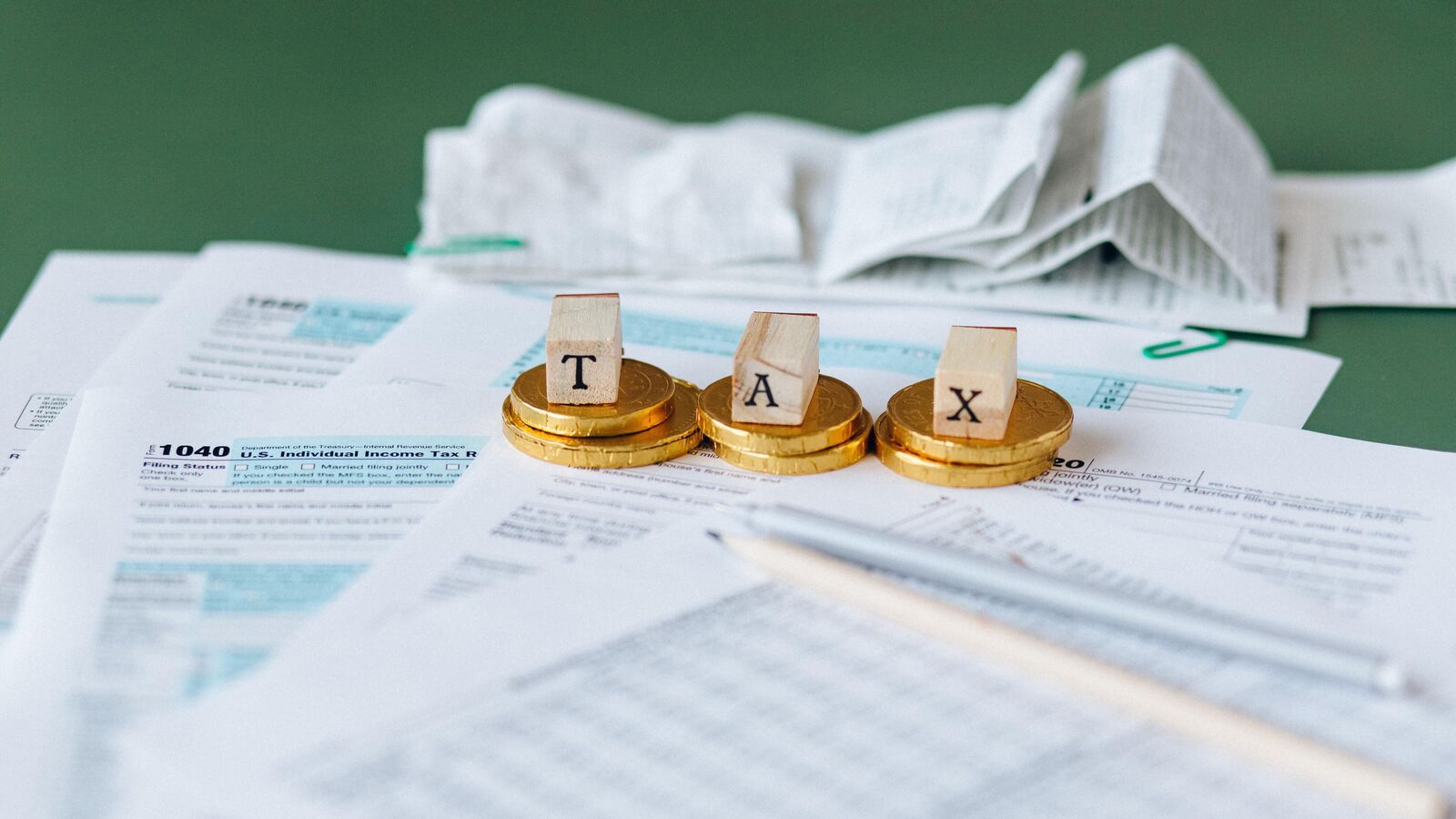A prudent approach, it is reflective of the strategic thinking observed since 2019. The interim budget of 2019 did carry amendments to income tax such as further exemptions and standard deduction. But many more changes followed in the budget of July 2019 and thereafter, through the Taxation Laws (Amendment) Bill. It will not come as a surprise if further changes to the Income Tax Act ensue this year. However, these must be shaped by the vision to achieve developed country status by 2047.
Some expected status quo for Part B but what surprised many is the 5.1% budget estimate for fiscal deficit during the financial year 2025. This projection is closely linked to the arithmetic of revenue collections and reflects on what may lie ahead for tax policy.
In the past years, direct tax collections that have exceeded expectations. As per CBDT, the net direct tax collections as of 10 January 2024 were ₹14.7 trillion, which was 19.4% higher than the corresponding period in the previous year. The revenue accounted for 80.61% of the total budget estimates for direct taxes. In fact, in the last decade, except for the years of covid-19 related economic slowdown, the buoyancy for direct taxes has been greater than one. Especially for 2021-22 when it was estimated at 2.5.
Yet, the budget suggests that the buoyancy will be slightly over one, in line with decadal average. At a time when corporate profits, particularly in the non-financial sector have registered robust growth, muted revenue expectations reflect the desire to be cautious rather than sanguine-an approach previously followed.
In 2021-22 and 2022-23, the actual direct tax collections exceeded budget estimates by a substantial margin. If such gap persists between expectations and realization then the fiscal deficit target may be easier to achieve. Nonetheless, it requires thinking about long term tax policy.
The changing contours of tax collections have been shaped by reforms pursued in the past five years. Changes to income tax regime, i.e. the optional dual regime, one with incentives and other without, introduction of faceless assessments, taxpayers charter and keenness to resolve disputes through settlement were meant to win the confidence of taxpayers. Some gains have been reaped in this regard. There is evidence to suggest that compliance may have improved.
For example, number of individual taxpayers have increased from 497 million to 890 million between 2013 and 2022. However, lower rates available to corporates and high thresholds for exemption to individuals may have mitigated the potential to raise revenue.
Many profitable companies are reported to have opted for the new regime reflected in the decline in average effective tax rate to 22.2 in 2020-21. Similarly, the cost of 80 C deductions has been substantial in terms of revenue foregone, which even though declined from its peak of 82% of total incentives to individuals in 2013, still remains significant at 58%. It is expected that as the taxpayers move to the new regime and incomes increase the compliance gains made through these reforms are realized in the form of revenue collections.
The budget allows some relief to highest taxpayers through a reduction in the rate of surcharge and the lower than expected growth in tax revenue suggest that there may be no near-term reversal in tax rates. However, any expansion of tax collections in the future requires that there are no further substantial changes to the tax rates and exemptions. For one, the state of private sector investment despite tax cuts makes a clear case for a stable tax regime.
Over the years, a great deal of emphasis has been placed on dispute resolution, as schemes such as vivad se vishwas were introduced. It is observed that between the years 2020-21 and 2022-23 the amount of corporate taxes under dispute for 1-5 years declined as did the other income taxes under dispute for over 2-5 years. There is still some need to address the short-term disputes arising in the case of income taxes so that the goal of a taxpayer friendly regime is achieved.
In line with such thinking the interim budget has yet again proposed to settle long standing disputes wherein amounts involved are small. That is direct tax demand of ₹25,000 up to financial year 2009-10 and up to 2010-11 to 2014-15. As per statistics, disputes over 10 years are a mere 2 per of the total value of disputed taxes, yet it is hoped that this paves the way for a less litigious tax system in the future.
The proposed fiscal consolidation and reforms pursued thus far set the tone for the future course of tax reforms. The interim budget signals that the scope for significant changes in rates and incentives are no longer priority and if the dividend of higher taxpayers is to yield the desired revenues status quo may have to continue.
At the same time, India is conscious that there is need to scale investment by startups as well as by large sovereign wealth funds. Therefore, even though the sun will set on the myriad of tax incentives, there may still be pockets of relief available to investors that are ring fenced by sector or place of investment such as the IFSC.
How these compare in the future with the overall composition of revenue remains to be seen. Beyond the domestic tax system, there are international reforms underway as some countries within the OECD, particularly the EU, begin to adopt a global minimum tax through national legislations. This will require India to respond with its own domestic policy. India which has a domestic minimum tax of 15% will have to work out the implications that this reform will have on its economy. The shift of talks to the UN would in turn have bearing on the implementation of reform.
As India enters a new phase of tax policy design the questions that the new government will have to ask is how investment and demand be spurred without generous giveaways.
Further, how can the tax to GDP ratio, a metric of success, be raised and to what extent. A lot of hope is placed on reform of capital gains but a mere rationalization of treatment of what is only 7% of reported gross incomes cannot be the only way forward. Perhaps thinking about the larger economy, can India help raise taxes and meet the fiscal consolidation target?
Suranjali Tandon is associate professor at NIPFP
#Budget #Setting #tone #future #tax #reforms



